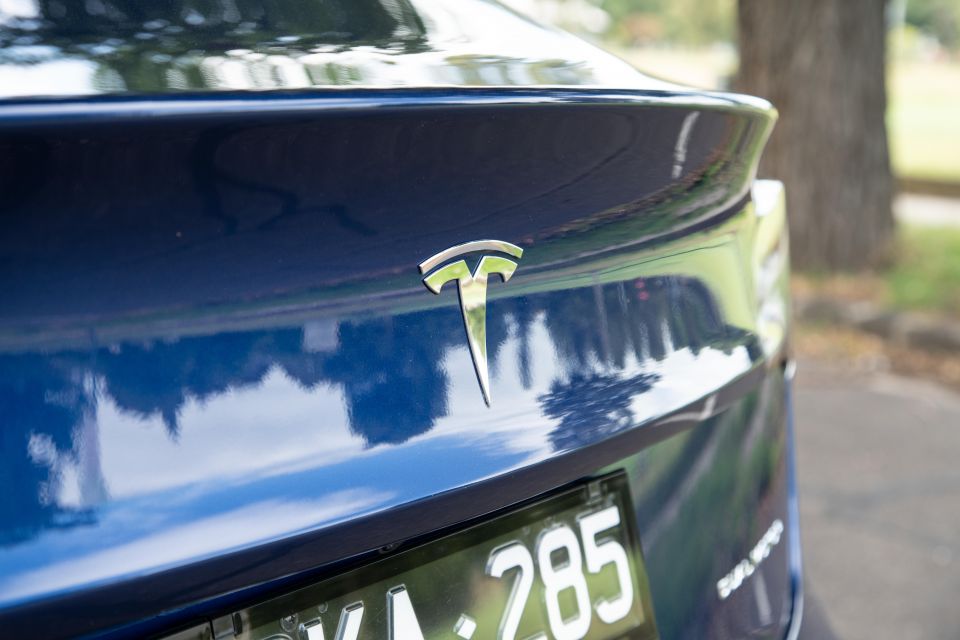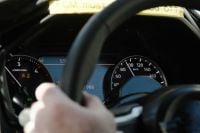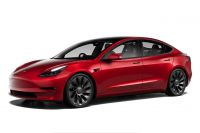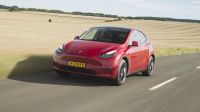
Contributor
Tesla has released its latest “Full Self-Driving” software to owners signed up to its public beta program.
Foreshadowed by Elon Musk early in July, the updated version of what Tesla calls Full Self-Driving (but isn’t close to a fully autonomous system) expands the reach of the brand’s Autopilot driver assists beyond the highway.
“Full Self-Driving is in early limited access Beta and must be used with additional caution. It may do the wrong thing at the worst time, so you must always keep your hands on the wheel and pay extra attention on the road,” the FSD release notes say.
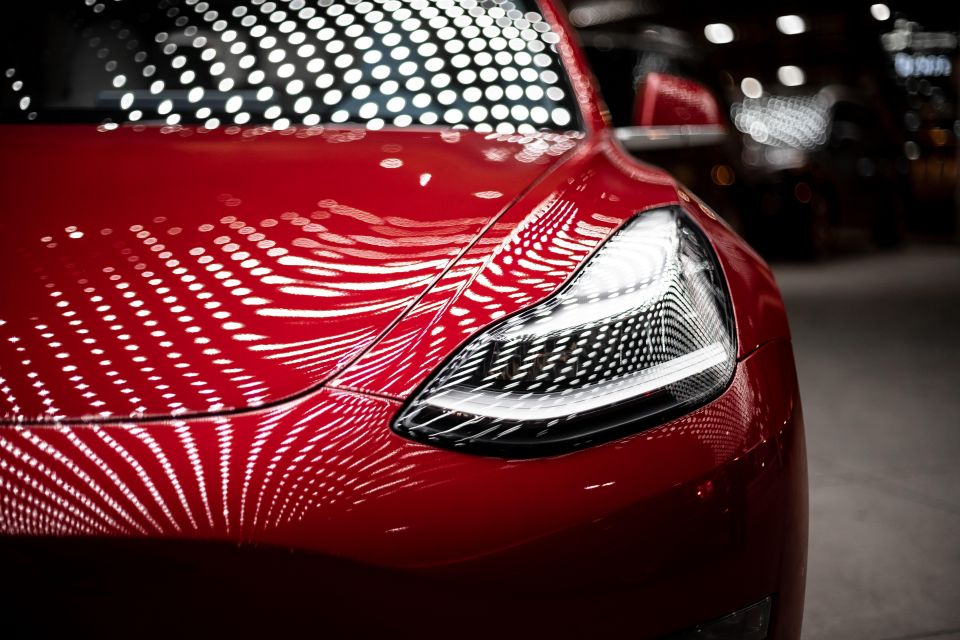
“Do not become complacent. When Full Self-Driving is enabled your vehicle will make lane changes off highway, select forks to follow your navigation route, navigate around other vehicles and objects, and make left and right turns.
“Use Full Self-Driving in limited Beta only if you will pay constant attention to the road, and be prepared to act immediately, especially around blind corners, crossing intersections, and in narrow driving situations.”
The system is available to owners who ticked the “Full Self-Driving” option at purchase ($10,000 on Model 3 in Australia).
Although all Tesla models come with the hardware required to use the software, the options box needs to be ticked for it to be activated.
Initial public impressions of the system have been mixed.
Tesla Autopilot, which stops short of offering the same functionality as Full Self-Driving, has been in the spotlight in 2021.
A recent software update means the Tesla Model 3 and Model Y, and the latest Model S and Model X, will use their cabin cameras to monitor drivers when the semi-autonomous cruise control and lane-keeping system, branded Autopilot, is active.
If the camera detects the driver isn’t paying attention, the car will prompt them to take control. If they don’t, the system will deactivate as a safety precaution.
Previously, Tesla used steering wheel sensors to detect whether drivers were paying attention.
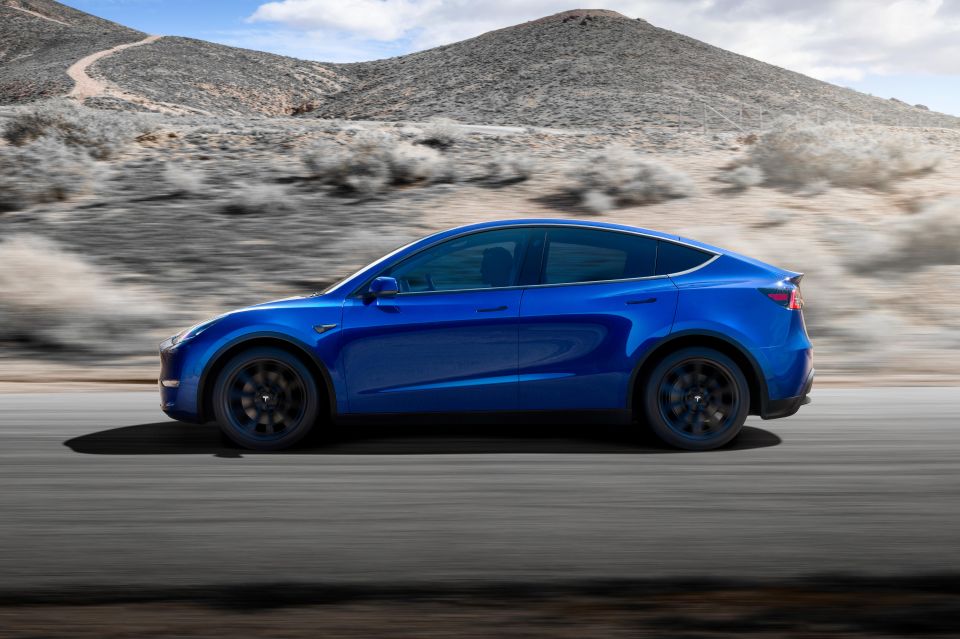
The company has resisted using its driver-facing camera in conjunction with Autopilot, despite calls in 2017 from the US National Transport Safety Board to more closely monitor drivers when the system is active.
Rivals such as Ford and General Motors use cameras to monitor drivers when their advanced assistance systems are active.
The changes at Tesla come after a spate of social media videos showing Tesla owners sitting or sleeping in the back seat of their moving cars with Autopilot active.
Although the brand denied its cars can be operated from the back seat, Consumer Reportssubsequently showed it’s possible by operating a Tesla Model Y from the second row on a closed course.
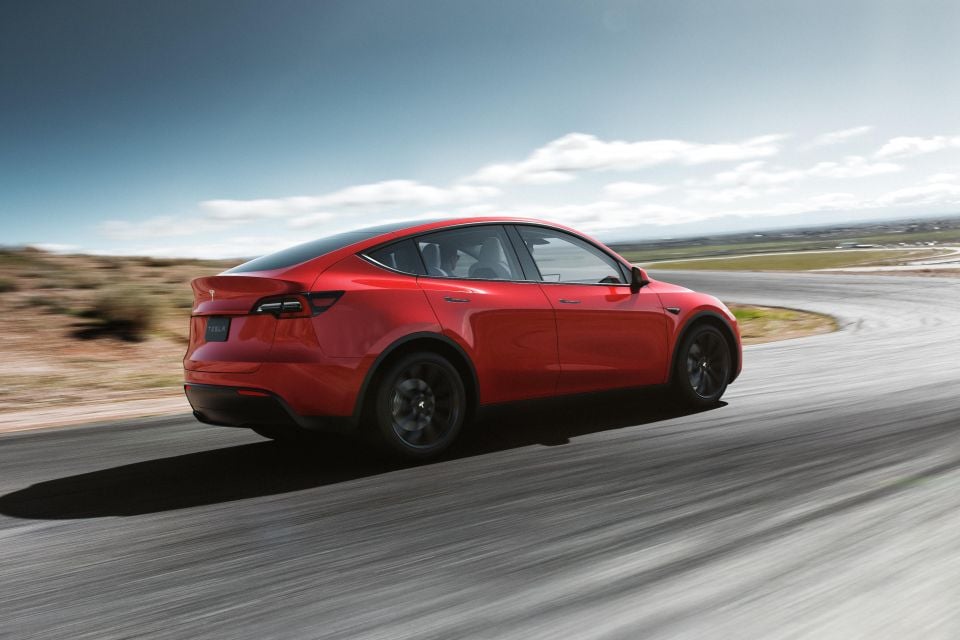
“Over several trips across our half-mile closed test track, our Model Y automatically steered along painted lane lines, but the system did not send out a warning or indicate in any way that the driver’s seat was empty,” Consumer Reports said.
Autopilot has been shaded by controversy since its launch. A number of high-profile – and in some cases, fatal – accidents in vehicles with the system active have raised questions about how Tesla and its founder, Elon Musk, discuss its capabilities.
A German court last year ruled the Autopilot name is misleading, and Tesla in 2018 settled a class action lawsuit in the USA arguing claims the system made highway driving “safer” were inaccurate.
Trusted Reviews, Smarter Choices, Better Prices
Where expert car reviews meet expert car buying – CarExpert gives you trusted advice, personalised service and real savings on your next new car.
Scott Collie is an automotive journalist based in Melbourne, Australia. Scott studied journalism at RMIT University and, after a lifelong obsession with everything automotive, started covering the car industry shortly afterwards. He has a passion for travel, and is an avid Melbourne Demons supporter.
You might also like


Damion Smy
Ford Everest Tremor gets 260kW V6 ‘Ranger Raptor’ treatment
29 Minutes Ago


CarExpert.com.au
When do double demerit points start for the 2025-2026 Christmas holidays?
2 Hours Ago


Ben Zachariah
CarExpert's top five EV reviews of 2025
3 Hours Ago


Max Davies
CarExpert's top five light/small SUV reviews of 2025
4 Hours Ago


Derek Fung
Revived Ram 1500 TRX could debut on New Year's Day
4 Hours Ago


Derek Fung
Lexus LX700h confirmed for Australia, pricing revealed
5 Hours Ago

